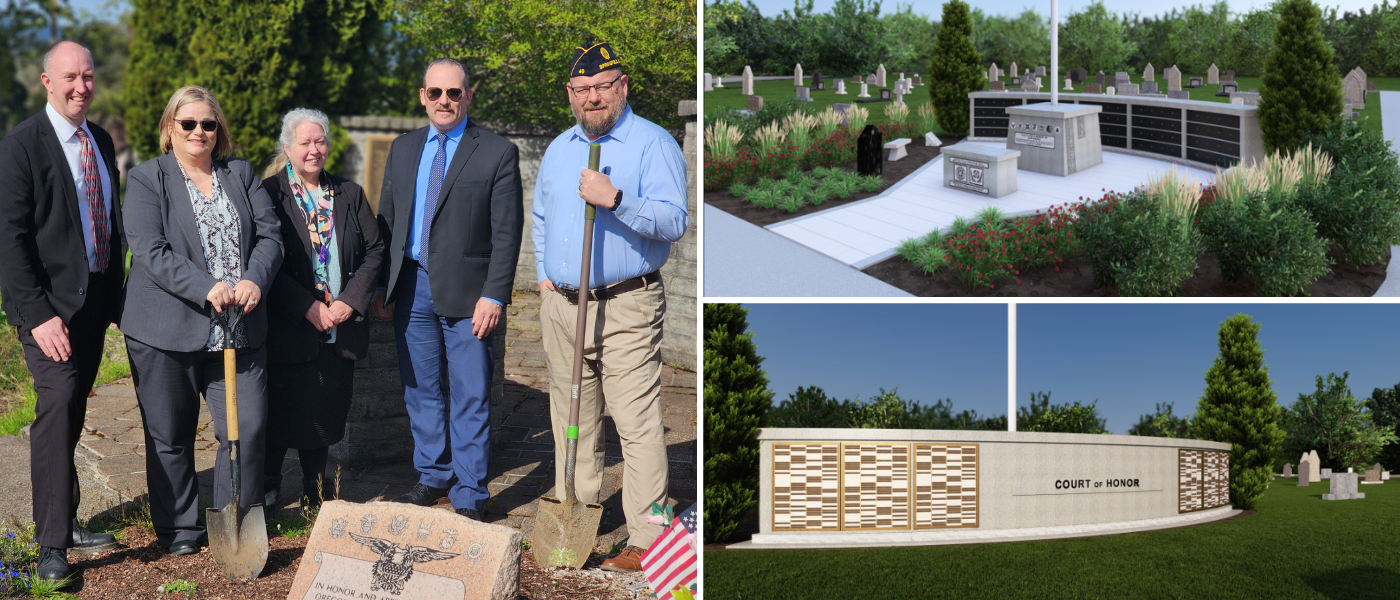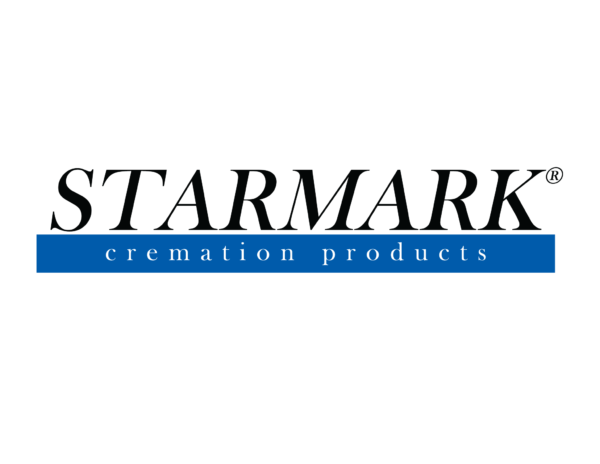NFDA and AATB Share Updated Best Practices for Cooperation Between Tissue Banks and Funeral Homes
The National Funeral Directors Association (NFDA) and the American Association of Tissue Banks (AATB) have released updated guidelines to help donation professionals and funeral directors better work together to serve families who wish donate the tissues or organs of a loved one who has died.
More than 10 years ago, representatives from NFDA and the AATB reached a historic agreement on a set of best practices involving organ and tissue donation. Previously, there was a lack of communication and understanding of different roles and responsibilities between and among funeral service and donation professionals. The best practices document helped clarify roles and responsibilities and helped both professions better serve families.
“The original best set of best practices that AATB and NFDA developed served our respective members well,” said Frank Wilton, CEO of AATB. “However, after more than 10 years, it was time to revisit the document so that we could explore how each association could further educate its respective members and better serve donor families. We are proud to share these new guidelines with our members and encourage them to work cooperatively with funeral professionals in their community.”
The new document, Best Practices for Cooperation Among Tissue Banks and Funeral Service Professionals, contains important changes that will help improve the working relationship between donation professionals and funeral directors.
The updated best practices document places a very strong emphasis on communication between donation professionals, families and funeral directors.
First, communication between the recovery agency and the donor family is crucial. Donation professionals should ensure families understand the donation and recovery process and the impact it may have on the body, especially if they wish to have a viewing or open-casket funeral. The family must also understand the timing of the recovery so that they can work with the funeral director to schedule a funeral.
Second, the recovery agency and the funeral director serving the donor family should establish an agreed-upon method and schedule for communicating. Regular communication will help ensure a successful recovery and enable the funeral director to help the family plan a meaningful funeral or memorial service.
The updates also place a special emphasis on the recovery agency’s need to respect and accommodate the donor family’s religious or ethnic funeral practices and customs. In some cases, the recovery process may impact those customs. Funeral directors can help staff at the recovery agency understand the family’s needs.
Finally, the best practices document offers guidelines regarding how funeral directors can effectively and efficiently seek reimbursement from tissue banks when post-donation embalming requires additional time or materials.
Ethically, funeral directors should not charge families more for embalming or other preparation of the body of the decedent because of the family’s decision to donate their loved one’s organs or tissues.
“For some families, donating a loved one’s tissues or organs helps them heal and find something positive in the midst of their grief,” said NFDA President Robert L. “Robby” Bates, CFSP, CCO. “We encourage our members to do all that they can to work with local recovery agencies to support a family’s decision to donate. The updated best practices document will serve as an important tool in forming stronger relationships with donation professionals.”
The updated Best Practices for Cooperation Among Tissue Banks and Funeral Service Professionals document can be found on both the NFDA (www.nfda.org) and AATB websites (www.aatb.org). Bates and Wilton encourage their respective members to download the document and evaluate how they can put the recommendations contained in the document into practice in their organization.
About the National Funeral Directors Association – www.nfda.org
NFDA is the world’s leading and largest funeral service association, serving 19,700 individual members who represent more than 10,000 funeral homes in the United States and 39 countries around the world. NFDA is the trusted leader, beacon for ethics and the strongest advocate for the profession. NFDA is the association of choice because it offers funeral professionals comprehensive educational resources, tools to manage successful businesses, guidance to become pillars in their communities and the expertise to foster future generations of funeral professionals. NFDA is headquartered in Brookfield, Wis., and has an office in Washington, D.C.
About the American Association of Tissue Banks – www.aatb.org
The American Association of Tissue Banks (AATB) — a professional, non-profit, scientific and educational organization — is the only national tissue banking organization in the United States. Founded in 1976, the AATB is dedicated to improving and saving lives by promoting and advancing the safety, quality and availability of donated human tissue. To fulfill that mission, the AATB publishes standards, accredits tissue banks and certifies personnel.




